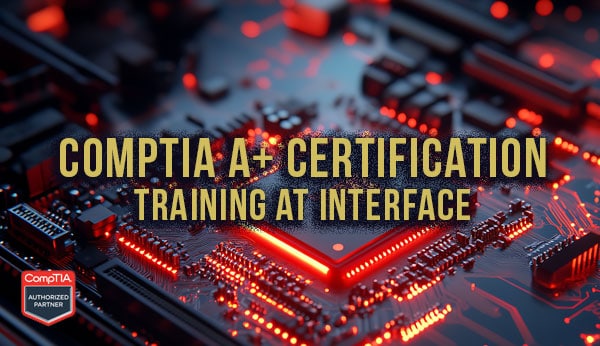You landed here because A+1101 is a replacement for the following:
A+1001: CompTIA A+ Certification Core 1 (Exam 220-1001)

Lesson 1: Installing Motherboards and Connectors
Lesson 2: Installing System Devices
Lesson 3: Troubleshooting PC Hardware
Lesson 4: Comparing Local Networking Hardware
Lesson 5: Configuring Network Addressing and Internet Connections
Lesson 6: Supporting Network Services
Lesson 7: Summarizing Virtualization and Cloud Concepts
Lesson 8: Supporting Mobile Devices
Lesson 9: Supporting Print Devices
Appendix A: Mapping Course Content to CompTIA Certification+ (220-1101)
The Official CompTIA A+ Core 1 (Exam 220-1101) is the primary course you will need to take if your job responsibilities include supporting the use of PCs, mobile devices, and printers within a corporate or small office home office (SOHO) network. You can take this course to prepare for the CompTIA A+ Core 1 (Exam 220-1101) certification examination.
To ensure your success in this course, you should have 12 months of hands-on experience working in a help desk technician, desktop support technician, or field service technician job role. CompTIA ITF+ certification, or the equivalent knowledge, is strongly recommended.
This course can benefit you in two ways. If you intend to pass the CompTIA A+ Core 1 (Exam 220-1101) certification examination, this course can be a significant part of your preparation. But certification is not the only key to professional success in the field of IT support. Today's job market demands individuals with demonstrable skills, and the information and activities in this course can help you build your skill set so that you can confidently perform your duties in any entry-level PC support role.
On course completion, you will be able to do the following:
- Install, configure, and troubleshoot PC motherboards, system components, and peripheral devices.
- Compare networking hardware types and configure local addressing and Internet connections.
- Summarize uses for network services, virtualization, and cloud computing.
- Support the use of mobile devices and print devices.

